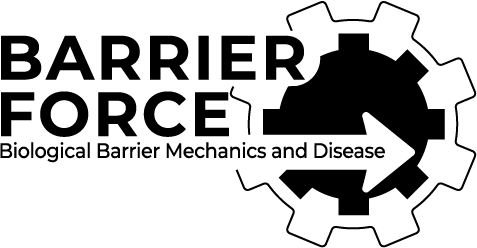Activated I-BAR IRSp53 clustering controls theformation of VASP-actin–based membraneprotrusions
Tsai, Feng Ching; Henderson, J. Michael; Jarin, Zack; Kremneva, Elena; Senju, Yosuke; Pernier, Julien; Mikhajlov, Oleg; Manzi, John; Kogan, Konstantin; Le Clainche, Christophe; Voth, Gregory A.; Lappalainen, Pekka; Bassereau, Patricia
Abstract
Filopodia are actin-rich membrane protrusions essential for cell morphogenesis, motility, and cancer invasion. How cells control filopodium initiation on the plasma membrane remains elusive. We performed experiments in cellulo, in vitro, and in silico to unravel the mechanism of filopodium initiation driven by the membrane curvature sensor IRSp53 (insulin receptor substrate protein of 53 kDa). We showed that full-length IRSp53 self-assembles into clusters on membranes depending on PIP2. Using well-controlled in vitro reconstitution systems, we demonstrated that IRSp53 clusters recruit the actin polymerase VASP (vasodilator-stimulated phosphoprotein) to assemble actin filaments locally on membranes, leading to the generation of actin-filled membrane protrusions reminiscent of filopodia. By pulling membrane nanotubes from live cells, we observed that IRSp53 can only be enriched and trigger actin assembly in nanotubes at highly dynamic membrane regions. Our work supports a regulation mechanism of IRSp53 in its attributes of curvature sensation and partner recruitment to ensure a precise spatial-temporal control of filopodium initiation.
PMID: 36240267 DOI: 10.1126/sciadv.abp8677
